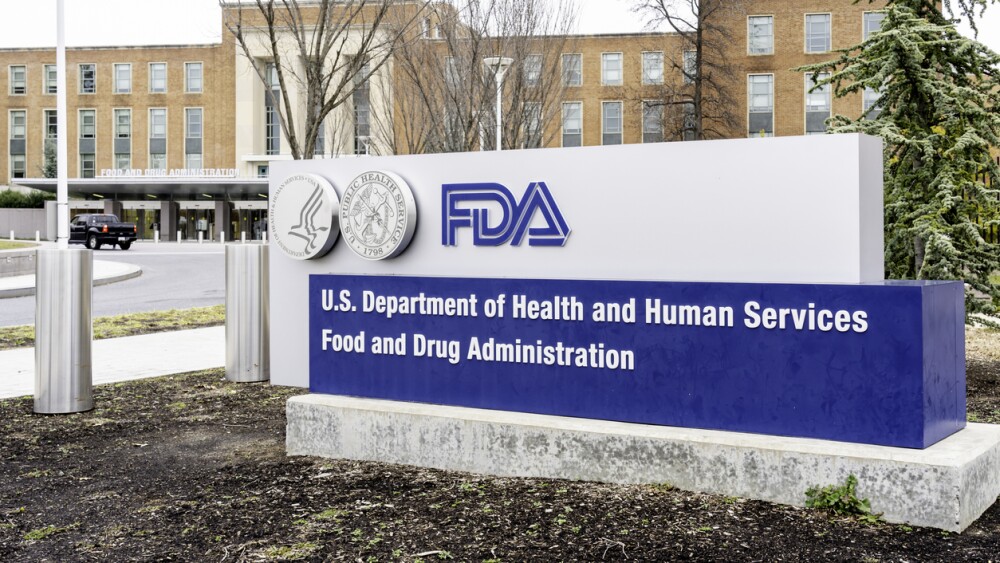"United States Orphan Drug designation for ovarian cancer is a significant achievement for OXiGENE; a milestone that we believe may provide a market advantage as we advance CA4P as a treatment under development in this key indication," commented Frederick Driscoll, President and Chief Executive Officer of OXiGENE. "We have been encouraged from the positive patient response data reported and are further encouraged by reports that the treatment was well tolerated by individuals. We believe that this designation further validates CA4P's clinical potential and we are optimistic about one day delivering a therapeutic treatment for an unmet medical need in ovarian cancer."
In November 2005, at the AACR/NCI/EORTC International Conference on Molecular Targets and Cancer Therapeutics, clinical investigators provided an interim update to a Phase Ib clinical trial evaluating CA4P in combination with carboplatin and paclitaxel. In a subset of patients with all types of ovarian cancer, tumor response, as defined according to RECIST or CA125, was observed in 10 out of 15 evaluable patients. Two of the responses occurred in women who were deemed platinum resistant and who had failed carboplatin and/or paclitaxel therapy within the previous six months. Investigators also noted that no unexpected toxicities were observed above those typically observed from treatment with carboplatin or paclitaxel alone. Investigators reported that side effects were mild and self-limiting and no cardiac toxicity had occurred in patients.
About Orphan Drug Designation
Orphan Drug designations are granted to provide economic incentives to stimulate the research, development and approval of promising products that are designed to treat rare diseases; diseases that typically affect fewer than 200,000 individuals in the United States. Further criteria for the designation include the ability of the product to address an unmet medical need where no approved treatment option exists or to provide significant benefit over available treatment. The designation of Orphan Drug provides OXiGENE with several potential benefits for CA4P, including a guarantee of seven years of market exclusivity if the Company is the first to obtain market approval for CA4P to treat patients with platinum resistant ovarian cancer. It also provides tax credits to defray the cost of research conducted to generate the data required for marketing approval, funding to support clinical trials and assistance in designing research studies.
OXiGENE received Orphan Drug indication in 2003 for CA4P for the treatment of anaplastic thyroid cancer (ATC), as well as medullary, Stage IV papillary and Stage IV follicular thyroid cancers. In July 2004, the European Agency for the Evaluation of Medicinal Products (EMEA) awarded OXiGENE the Orphan Medicinal Product Designation for CA4P as a treatment for anaplastic thyroid cancer (ATC). CA4P is currently being investigated in a Phase II clinical trial for the treatment of advanced and regional ATC and a Phase I/II trial in newly diagnosed ATC.
Platinum Resistant Ovarian Cancer
In 2005, the American Cancer Society estimated that there were 22,220 new cases of ovarian cancer. Ovarian cancer is the fourth most common cancer in women and the deadliest of the gynecologic cancers.(1) The estimated complete prevalence of ovarian cancer in the United States in 2002 was 169,875 based on the SEER (Surveillance Epidemiology and End Results) Cancer Statistics Review from the 9 SEER registries at the National Cancer Institute and population estimates from the US Bureau of Census.(2) Greater than 60% of all ovarian cancer cases are of epithelial origin, including platinum sensitive, platinum refractory and platinum resistant ovarian cancer.
Ovarian cancer often has no symptoms in its early stages. As a result, most patients have advanced disease at the time of diagnosis. Standard therapy for newly diagnosed ovarian cancer usually consists of surgery to remove the tumor, ovaries, and uterus, followed by chemotherapy with carboplatin alone, or both paclitaxel and carboplatin. Carboplatin and paclitaxel are commonly used cytotoxic agents in solid malignancies, such as ovarian cancer, and have been combined with each other as well as other agents leading to enhanced efficacy without compromising safety.
Despite advances in the management of cancer with chemotherapy, radiotherapy and surgery, the disease recurs in many women within five years. Patients with ovarian cancer whose disease recurs within six months of completion of chemotherapy with a platinum-based drug are considered "platinum-resistant."(1) The majority of women with advanced ovarian cancer will relapse and virtually all of these women will be considered platinum-resistant either at first relapse or at a later relapse.(3)
Therefore, there is a need for new treatments that may act synergistically with chemotherapy. Tumor vasculature has become a recent target in the development of new cancer therapies, including therapies targeted against the existing vasculature of tumors, such as CA4P.
About Combretastatin A4P (CA4P)
CA4P works via two potentially synergistic processes that selectively target pericyte-depleted neovessels, which lack ensheathment from smooth muscle support cells. Preclinical research has shown that CA4P disrupts the molecular engagement of VE-cadherin, a junction protein important for endothelial cell survival and function, and inhibits the associated (beta)-catenin/AKT signaling pathway, leading to rapid vascular collapse and necrosis. CA4P is also a potent and reversible tubulin depolymerizing agent that causes newly formed endothelial cells that line blood vessels to change shape, round up and detach from the vessel wall. These complementary mechanisms block the flow of blood to a tumor and deprive it of oxygen and nutrients essential to its survival.
About OXiGENE, Inc.
OXiGENE is an emerging pharmaceutical company developing novel small-molecule therapeutics to treat cancer and eye diseases. The Company's major focus is the clinical advancement of drug candidates that selectively disrupt abnormal blood vessels associated with solid tumor progression and visual impairment. OXiGENE is dedicated to leveraging its intellectual property position and therapeutic development expertise to bring life saving and enhancing medicines to patients.
Safe Harbor Statement
This news release contains "forward-looking statements" within the meaning of the Private Securities Litigation Reform Act of 1995, including those relating to the timing and progress of the Company's Phase II clinical trial of CA4P in the treatment of platinum-resistant ovarian cancer. Any or all of the forward-looking statements in this press release may turn out to be wrong. Forward-looking statements can be affected by inaccurate assumptions OXiGENE might make or by known or unknown risks and uncertainties. Additional information concerning factors that could cause actual results to materially differ from those in the forward-looking statements is contained in OXiGENE's reports to the Securities and Exchange Commission, including OXiGENE's Form 10-Q, 8-K and 10-K reports. However, OXiGENE undertakes no obligation to publicly update forward-looking statements, whether because of new information, future events or otherwise. Please refer to our Annual Report on Form 10-K for the fiscal year ended December 31, 2005 for a description of these risks.
(1) Data from National Cancer Institute, www.cancer.gov
(2) Ries LAG, et al.: SEER Cancer Statistics Review, 1975-2002. National Cancer Institute 2005.
(3) Gordon Rustin, M. D., Mount Vernon Hospital, Northwood, Middlesex UNITED KINGDOM
Contact: OXiGENE, Inc. Susan Hager, 781-547-5900 Director of Communications shager@oxigene.com
Source: OXiGENE, Inc.




